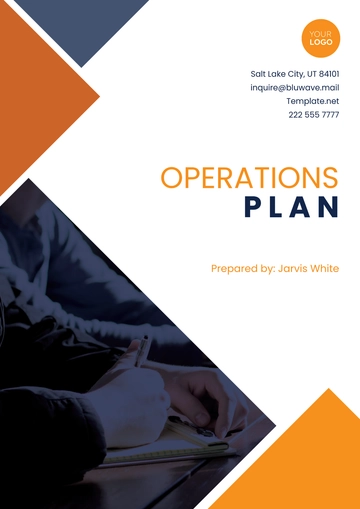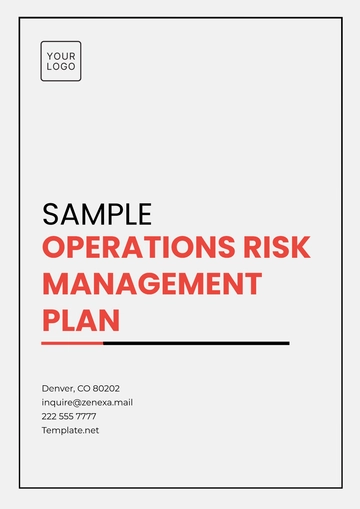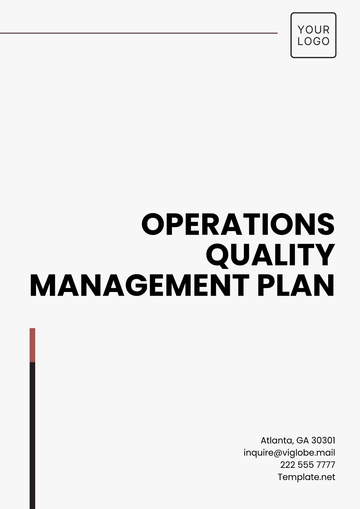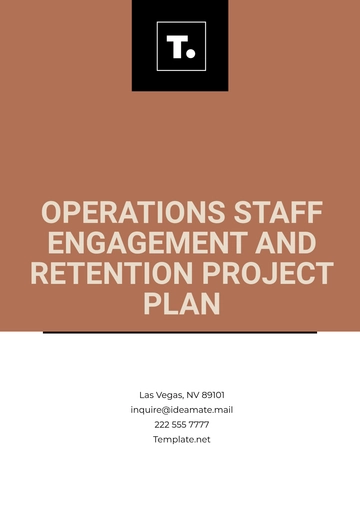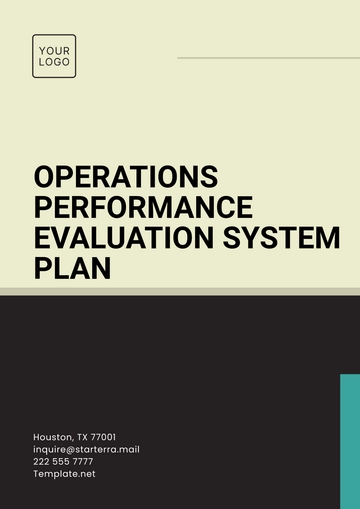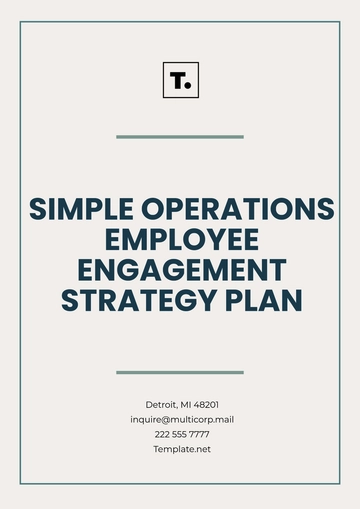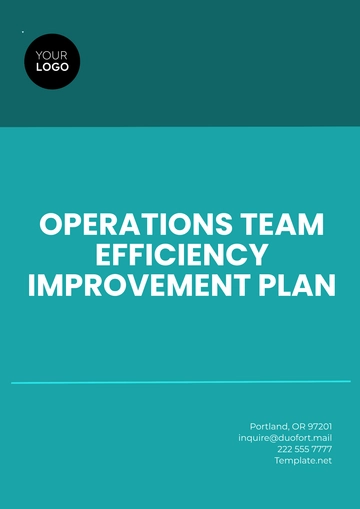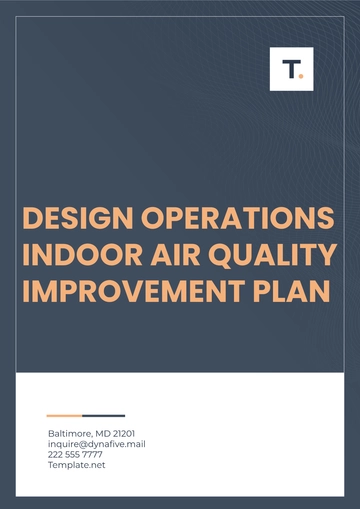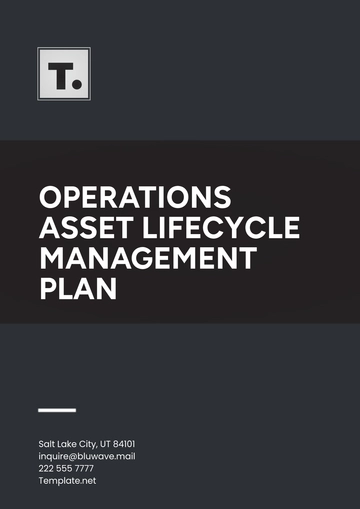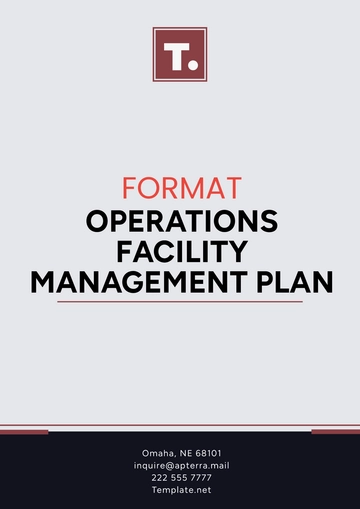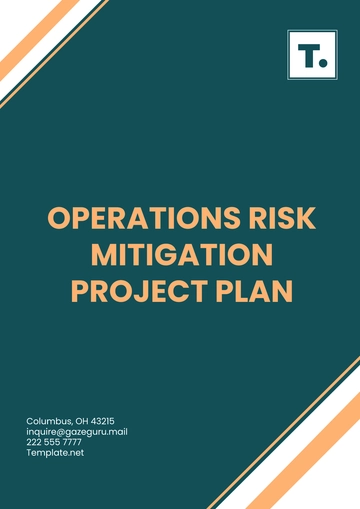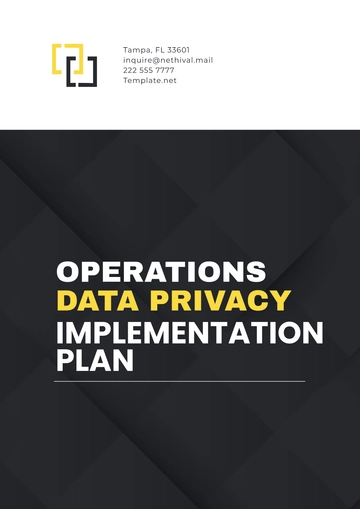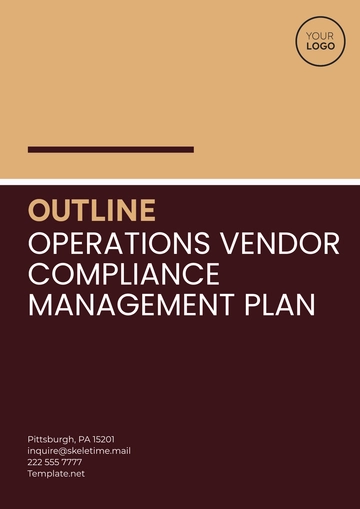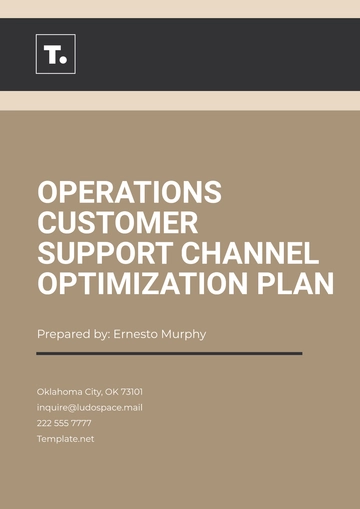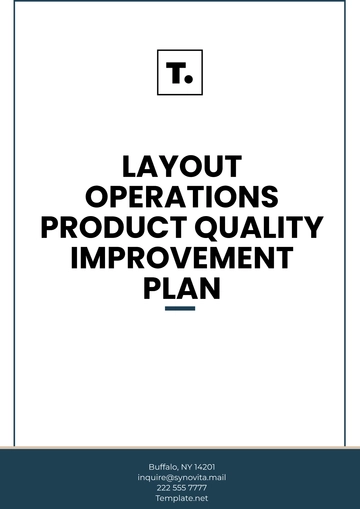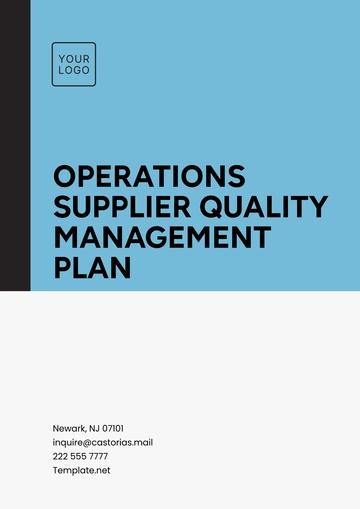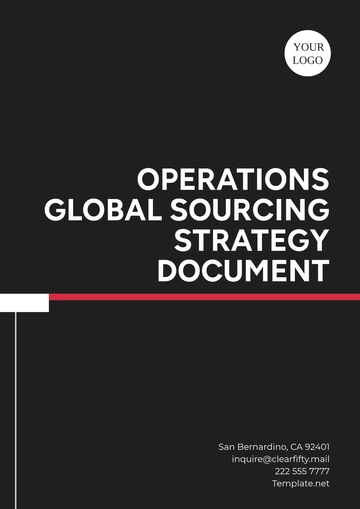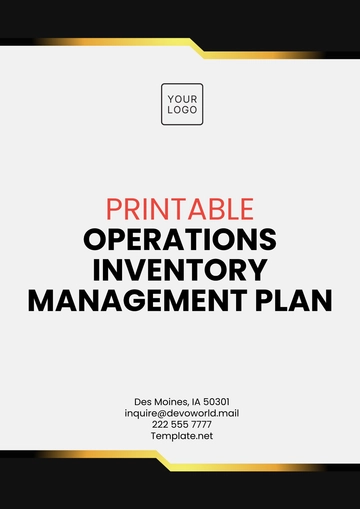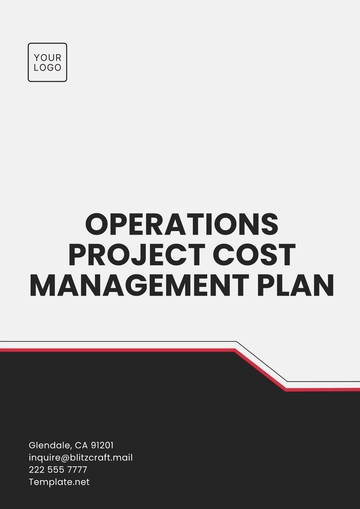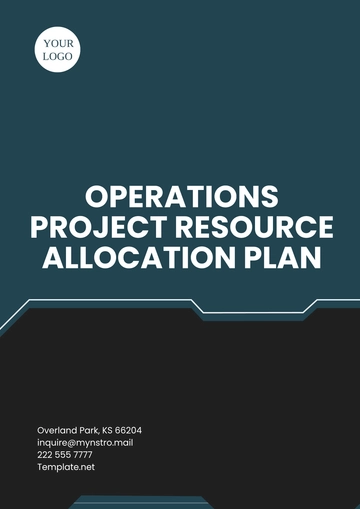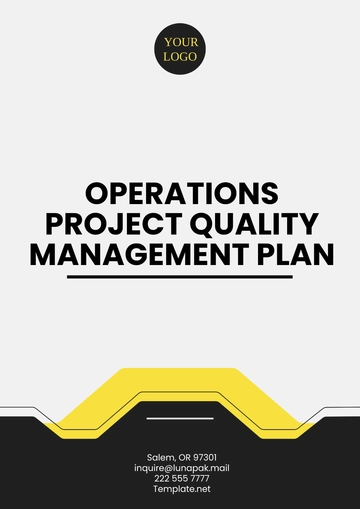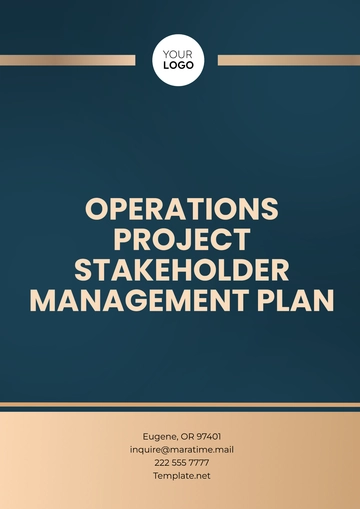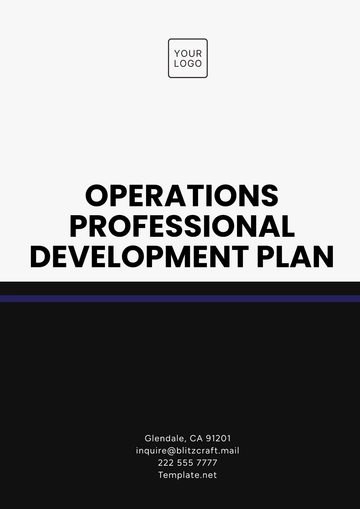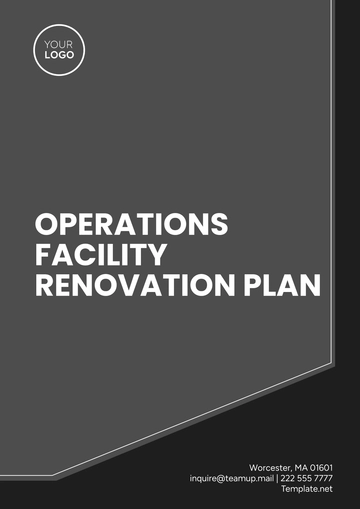Free Administration Compliance Remediation Plan
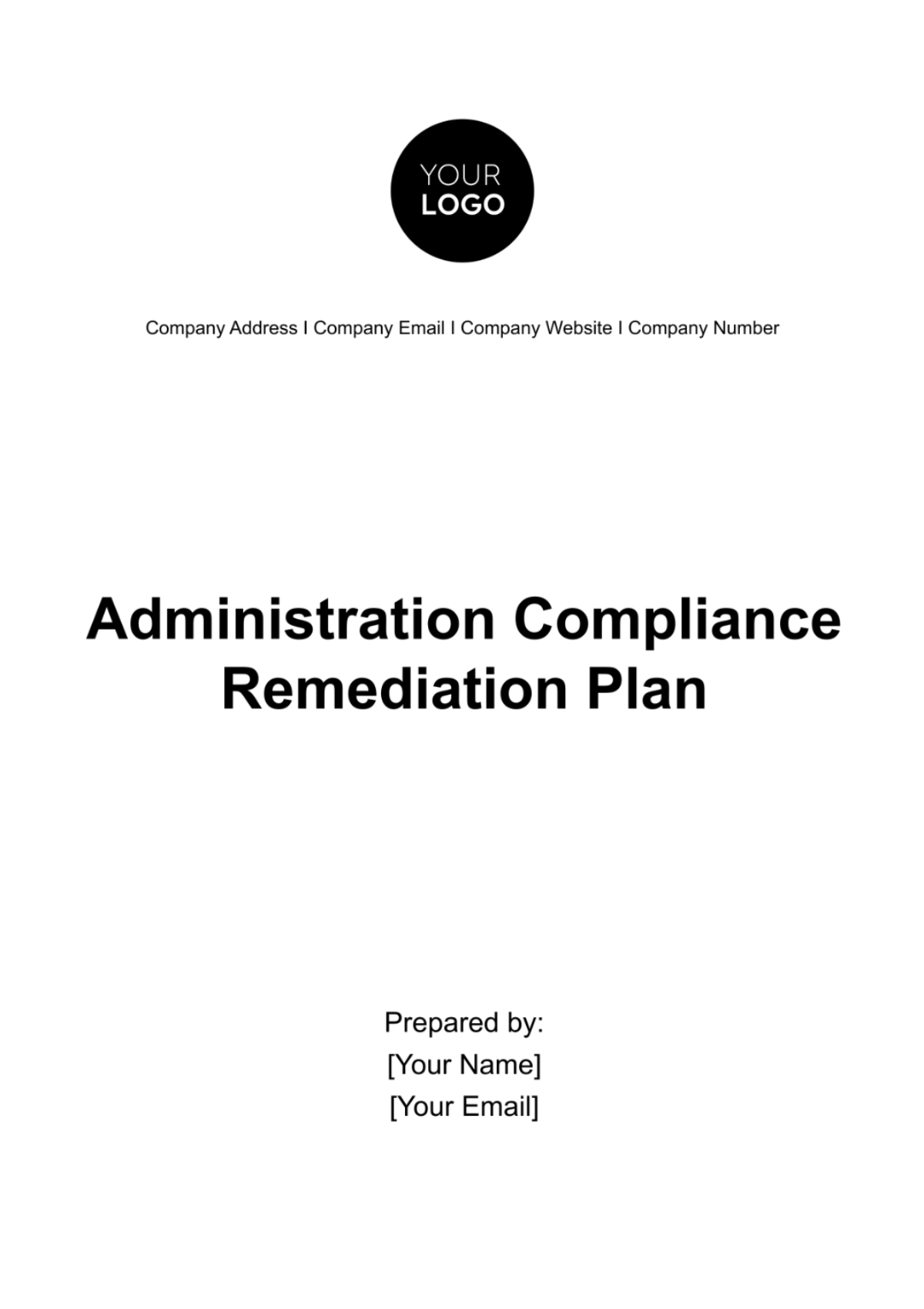
I. Executive Summary
In our commitment to uphold the highest standards of regulatory compliance, we have identified certain areas where our practices have not fully aligned with the required U.S. regulations. This document outlines our comprehensive plan to address and remediate these compliance issues, ensuring our operations are fully compliant moving forward. Our planned remediation actions include a thorough review and revision of our existing policies and procedures, targeted staff training, and enhancements to our monitoring and reporting systems. We anticipate that these measures will not only bring us back into compliance but also significantly strengthen our internal controls and risk management processes. The successful implementation of this plan is expected to restore confidence among our stakeholders and regulatory bodies, while also laying a solid foundation for sustainable and responsible business practices.
II. Background Information
A. Compliance Issues Violated
Through an internal audit, complemented by findings from regulatory reviews, we have identified several areas of non-compliance with U.S. regulations. These areas include:
Data Protection and Privacy: It was found that our data handling practices were not fully compliant with the General Data Protection Regulation (GDPR) – despite being a U.S. regulation, our operations affecting EU citizens must comply. Specifically, we failed to adequately inform customers about the use of their personal data and did not obtain explicit consent in certain instances. This issue was identified through a combination of customer complaints and an internal review of our data protection policies.
Financial Reporting Accuracy: Our financial reporting processes were found to be in violation of the Sarbanes-Oxley Act (SOX), Section 404. The internal control weaknesses identified pertain to the inaccurate reporting of financial transactions and inadequate documentation of financial controls. This was uncovered during our annual audit, which highlighted discrepancies in our financial statements and the lack of an effective internal control framework.
Employee Safety Standards: We have not fully complied with the Occupational Safety and Health Administration (OSHA) standards, specifically regarding workplace safety measures and employee training. This violation was brought to light following an inspection by OSHA representatives, triggered by employee reports of unsafe working conditions.
Each of these issues reflects a failure to adhere to legal standards and represents a significant risk to our reputation and operational integrity. We are committed to addressing these violations comprehensively through our remediation plan.
B. Impact Analysis
The non-compliance issues have had a multifaceted impact on our organization, affecting not only our legal standing but also our reputation, operational efficiency, and financial performance. Below is a tabulated analysis of the impact:
Compliance Issue | Legal Implications | Financial Impact | Operational Impact | Reputation Risk |
Data Protection and Privacy | Potential fines and sanctions for GDPR violations; legal actions from affected individuals. | Legal costs and potential fines could significantly affect our financial stability. | Review and overhaul of data handling processes required, impacting daily operations. | Damage to customer trust and confidence in our data privacy practices. |
Financial Reporting Accuracy | SOX violations could lead to penalties, including fines and legal actions from shareholders. | Financial restatements may be required, leading to direct costs and potential loss of investor confidence. | Implementation of new financial controls and auditing processes, requiring time and resources. | Perception of financial mismanagement could deter investment and affect stock prices. |
Employee Safety Standards | OSHA violations result in fines and mandatory corrective actions; potential lawsuits from employees. | Costs associated with fines, legal fees, and implementing new safety measures. | Disruptions to operations to address safety concerns; potential shutdowns during inspections. | Negative public and employee perception of our commitment to workplace safety. |
III. Objectives
The primary objective of our Administration Compliance Remediation Plan is to address and rectify all identified compliance issues promptly and effectively, ensuring full compliance with relevant U.S. regulations. By setting clear, measurable goals, we aim to not only remediate current non-compliance issues but also strengthen our internal processes to prevent future violations. Achieving these objectives is critical for maintaining our operational integrity, safeguarding our reputation, and upholding our commitment to legal and ethical standards.
A. Clear, Measurable Goals
Ensure Full Compliance with GDPR: Implement comprehensive data protection measures to fully comply with GDPR requirements, focusing on transparency, consent, and data subject rights.
Achieve Financial Reporting Accuracy: Strengthen internal controls and financial reporting processes to ensure full compliance with the Sarbanes-Oxley Act, Section 404.
Meet OSHA Safety Standards: Enhance workplace safety measures and employee training to fully comply with OSHA standards.
B. Timeline for Achieving Compliance
Achieving compliance requires a structured approach with clear deadlines. The following table outlines the key milestones and their expected completion dates:
Milestone | Description | Start Date | Completion Date |
GDPR Compliance | Review and update data protection policies and practices. | ||
SOX Compliance | Implement enhanced financial controls and audit processes. | ||
OSHA Compliance | Improve workplace safety standards and training. |
C. Criteria for Success
Success criteria are essential for evaluating the effectiveness of our remediation efforts. The following table outlines the key performance indicators (KPIs) and target values for each compliance area:
Compliance Area | Success Criteria | Target Value |
GDPR | Number of data protection complaints | 0 complaints |
SOX | Accuracy of financial reporting | 100% accuracy in audit findings |
OSHA | Number of workplace accidents | 0 incidents |
IV. Remediation Team
The success of our Administration Compliance Remediation Plan is contingent upon the dedication and expertise of our remediation team. This team is composed of individuals from various departments, each bringing unique skills and knowledge to the table. Their roles, responsibilities, and contact information are outlined below:
Name | Role | Department | Responsibilities | Contact Information |
Project Lead | Compliance | Overall project management and coordination. | ||
Data Protection Officer | Legal | Ensuring GDPR compliance, policy updates. | ||
Financial Controller | Finance | Overseeing SOX compliance, internal controls. | ||
Safety Officer | HR | Implementing OSHA safety standards and training. |
V. Remediation Actions
To effectively address the identified compliance issues, a series of detailed remediation actions have been devised. These actions are designed to ensure that all aspects of our operations align with U.S. regulations and standards. By establishing a clear sequence of steps, assigning responsibilities, and adhering to a defined timeline, we can systematically resolve our compliance deficiencies.
A. Step-by-Step Actions
The following table outlines the key steps in our remediation process, including the timeline for each action and the responsible party:
Step | Description | Timeline | Responsibility |
1 | Review and update data protection policies | ||
2 | Implement enhanced financial controls | ||
3 | Conduct comprehensive employee safety training | ||
4 | Audit and assess compliance with updated policies | ||
5 | Continuous monitoring and adjustment |
B. Resources Required
The successful implementation of our remediation plan necessitates the allocation of adequate resources, including budget, tools, and personnel. We have conducted a thorough assessment of our needs and have outlined the required resources as follows:
Budget:
Item | Estimated Cost |
Policy updates and legal consultations | $50,000 |
New financial software and controls | $75,000 |
Safety equipment and training materials | $30,000 |
Total | $155,000 |
Tools:
Tool | Purpose |
Data protection software | To enhance data privacy and security |
Financial management system | To improve accuracy in financial reporting |
Safety management platform | To track and improve workplace safety |
Personnel:
Role | Requirement |
External GDPR consultant | To ensure compliance with data protection regulations |
SOX compliance auditor | To verify the integrity of financial controls |
Occupational health and safety expert | To assess and improve workplace safety standards |
VI. Training and Education
Ensuring that our employees are well-informed and educated on compliance requirements is a cornerstone of our remediation plan. To this end, we have developed a comprehensive training and education program tailored to the specific needs of our organization.
Program | Frequency | Duration |
GDPR Awareness and Compliance | Annually | 2 hours |
Financial Reporting Standards | Bi-annually | 3 hours |
Workplace Safety Procedures | Quarterly | 1 hour |
VII. Risk Management
Effective risk management is vital to the successful implementation of our Administration Compliance Remediation Plan. By identifying potential risks early, assessing their likelihood and impact, and implementing appropriate mitigation strategies, we can ensure that our remediation efforts are not derailed. Our risk management strategy involves continuous monitoring and reassessment of risks throughout the remediation process.
Risk | Likelihood | Impact | Mitigation Strategy |
Insufficient staff training | Medium | High | Increase training sessions and provide additional resources |
Non-compliance reoccurrence | Low | Very High | Implement continuous monitoring and engage external auditors |
Resistance to change | High | Medium | Communicate benefits clearly and involve employees in the process |
Budget overruns | Medium | High | Regular financial reviews and contingency planning |
VIII. Communication Plan
Communication is a critical component of our remediation efforts. We will keep all stakeholders informed throughout the remediation process, ensuring transparency and fostering trust. Our communication plan includes regular updates to employees through internal newsletters and meetings, reports to senior management and the board of directors, and updates to external stakeholders as required. Additionally, we will use our intranet for ongoing communications and to provide access to training materials and compliance resources. This approach ensures that everyone involved is aware of the progress, understands their role in the process, and has the information they need to contribute to our compliance objectives.
IX. Monitoring and Reporting
To ensure that our remediation actions are effectively addressing compliance issues, we will establish a robust monitoring and reporting framework. This framework will include regular audits of compliance with GDPR, SOX, and OSHA standards, as well as continuous assessment of the effectiveness of our internal controls and training programs. Monitoring will be conducted by our internal audit team, with external auditors engaged for annual reviews. Reporting will take place on a quarterly basis to the board of directors and senior management, with immediate reporting of any significant compliance issues or deviations from the plan. This approach will allow us to promptly address any challenges and make necessary adjustments to our remediation efforts.
X. Conclusion
As we initiate our Administration Compliance Remediation Plan, we are committed to addressing the identified compliance issues with diligence and integrity. The next steps include finalizing the resource allocation, initiating the detailed actions as outlined in the plan, and beginning the training and education programs. By following through with the outlined steps, leveraging the designated resources, and adhering to our risk management and communication strategies, we are confident in our ability to achieve full compliance and strengthen our organizational processes. This plan is not only about remediation but also about building a culture of compliance and excellence that will guide our operations moving forward. Our commitment to this process is unwavering, and we look forward to the positive changes it will bring to our organization.
- 100% Customizable, free editor
- Access 1 Million+ Templates, photo’s & graphics
- Download or share as a template
- Click and replace photos, graphics, text, backgrounds
- Resize, crop, AI write & more
- Access advanced editor
Introducing the Administration Compliance Remediation Plan Template from Template.net. This editable and customizable template is a strategic tool for addressing and correcting compliance issues. Tailored to support thorough remediation efforts, it's fully editable in our AI Editor tool, ensuring your plan is detailed and specific to your organizational needs. Strengthen your compliance strategy now!
You may also like
- Finance Plan
- Construction Plan
- Sales Plan
- Development Plan
- Career Plan
- Budget Plan
- HR Plan
- Education Plan
- Transition Plan
- Work Plan
- Training Plan
- Communication Plan
- Operation Plan
- Health And Safety Plan
- Strategy Plan
- Professional Development Plan
- Advertising Plan
- Risk Management Plan
- Restaurant Plan
- School Plan
- Nursing Home Patient Care Plan
- Nursing Care Plan
- Plan Event
- Startup Plan
- Social Media Plan
- Staffing Plan
- Annual Plan
- Content Plan
- Payment Plan
- Implementation Plan
- Hotel Plan
- Workout Plan
- Accounting Plan
- Campaign Plan
- Essay Plan
- 30 60 90 Day Plan
- Research Plan
- Recruitment Plan
- 90 Day Plan
- Quarterly Plan
- Emergency Plan
- 5 Year Plan
- Gym Plan
- Personal Plan
- IT and Software Plan
- Treatment Plan
- Real Estate Plan
- Law Firm Plan
- Healthcare Plan
- Improvement Plan
- Media Plan
- 5 Year Business Plan
- Learning Plan
- Marketing Campaign Plan
- Travel Agency Plan
- Cleaning Services Plan
- Interior Design Plan
- Performance Plan
- PR Plan
- Birth Plan
- Life Plan
- SEO Plan
- Disaster Recovery Plan
- Continuity Plan
- Launch Plan
- Legal Plan
- Behavior Plan
- Performance Improvement Plan
- Salon Plan
- Security Plan
- Security Management Plan
- Employee Development Plan
- Quality Plan
- Service Improvement Plan
- Growth Plan
- Incident Response Plan
- Basketball Plan
- Emergency Action Plan
- Product Launch Plan
- Spa Plan
- Employee Training Plan
- Data Analysis Plan
- Employee Action Plan
- Territory Plan
- Audit Plan
- Classroom Plan
- Activity Plan
- Parenting Plan
- Care Plan
- Project Execution Plan
- Exercise Plan
- Internship Plan
- Software Development Plan
- Continuous Improvement Plan
- Leave Plan
- 90 Day Sales Plan
- Advertising Agency Plan
- Employee Transition Plan
- Smart Action Plan
- Workplace Safety Plan
- Behavior Change Plan
- Contingency Plan
- Continuity of Operations Plan
- Health Plan
- Quality Control Plan
- Self Plan
- Sports Development Plan
- Change Management Plan
- Ecommerce Plan
- Personal Financial Plan
- Process Improvement Plan
- 30-60-90 Day Sales Plan
- Crisis Management Plan
- Engagement Plan
- Execution Plan
- Pandemic Plan
- Quality Assurance Plan
- Service Continuity Plan
- Agile Project Plan
- Fundraising Plan
- Job Transition Plan
- Asset Maintenance Plan
- Maintenance Plan
- Software Test Plan
- Staff Training and Development Plan
- 3 Year Plan
- Brand Activation Plan
- Release Plan
- Resource Plan
- Risk Mitigation Plan
- Teacher Plan
- 30 60 90 Day Plan for New Manager
- Food Safety Plan
- Food Truck Plan
- Hiring Plan
- Quality Management Plan
- Wellness Plan
- Behavior Intervention Plan
- Bonus Plan
- Investment Plan
- Maternity Leave Plan
- Pandemic Response Plan
- Succession Planning
- Coaching Plan
- Configuration Management Plan
- Remote Work Plan
- Self Care Plan
- Teaching Plan
- 100-Day Plan
- HACCP Plan
- Student Plan
- Sustainability Plan
- 30 60 90 Day Plan for Interview
- Access Plan
- Site Specific Safety Plan
